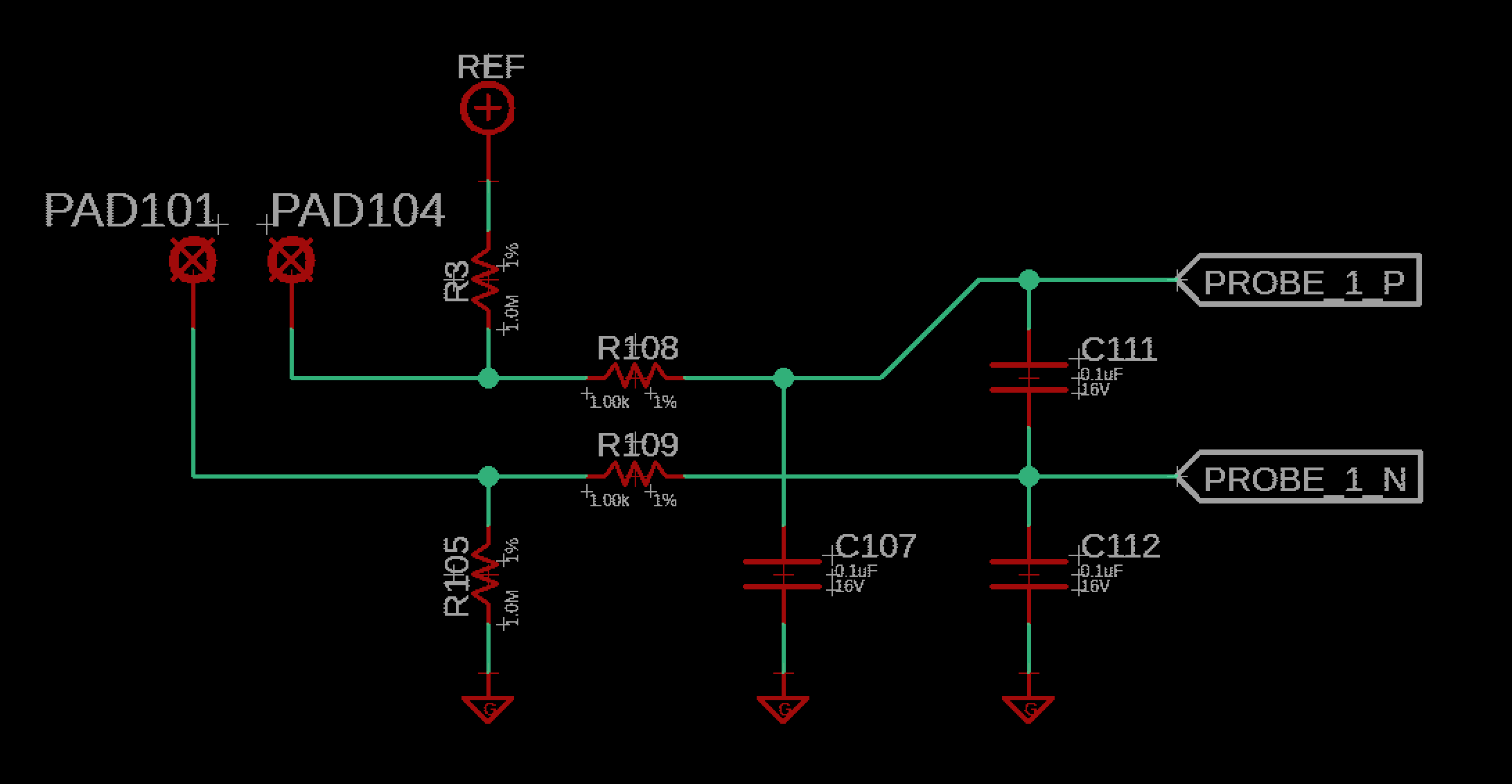Other Parts Discussed in Thread: MSP430F6721,
Hello,
I'm currently working on a design that will be used to sense a K-Type thermocouple. I have two identical designs except with the processor being different, a MSP430I2041 vs a MSP430F6721. Even though the input filtering is the exact same, I see each board behaving differently during operation.
I'm seeing issues specifically when a grounded thermocouple sheath makes contact with another "ground" while the unit is plugged in to USB and a Wall Charger. The reading on the MSP430I starts to read very inaccurate numbers, but the MSP430F seems to read the TC values appropriately.
Like I mentioned the designs are the same except for the MSPs, I noticed that the MSP430F's SD24 has about 50dB better rejection ration than the MSP430I. Could this along with the SD24 just being better in general on the F version be why the it is reading the values correctly?
Any thoughts or suggestions would be greatly appreciated!
Thanks!


